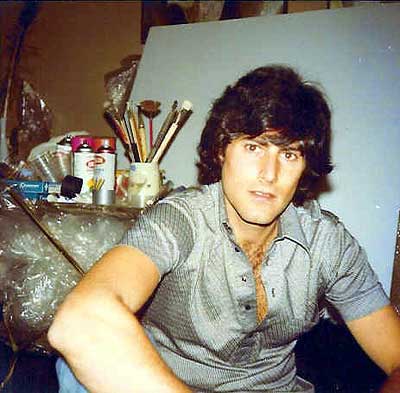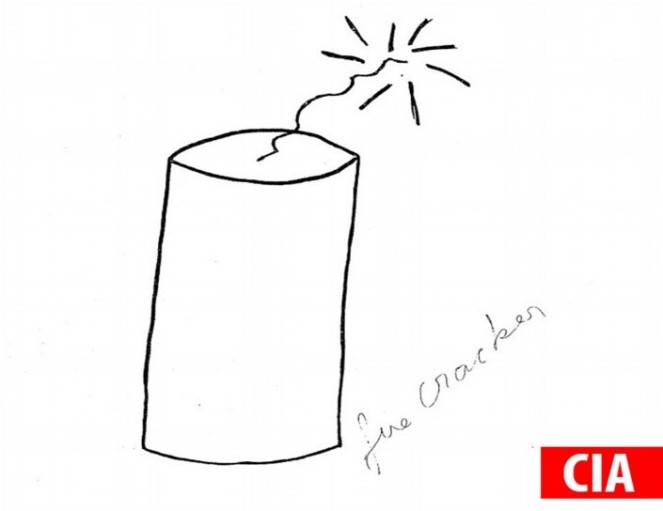For a great many years, we have been intrigued by the possibility of normal individuals having the capacity to do unprecedented things. Whether it is a story rooted in ancient philosophy or an account of the ‘supernormal’ abilities displayed by eastern monks, the possibility that there exist extended human capacities continues to capture our imagination. We have a wealth of literature and myth dedicated to this topic, and as a result, scientists are finally took notice. Various investigations and projects have been led, with huge factual outcomes, which show that these are genuine marvels, the ramifications of which are extensive.
One such program to verify the truth of these expanded human limits is the “Stargate” venture, a program built up by the United States Army, the Defense Intelligence Agency, and SRI International to think about “psychic” wonder. The program kept going over two decades, and the outcomes were declassified after the program was closed down.
This effort began, supposedly, because the CIA had concerns about Soviet investigations into psychic phenomenon, as the United States had gathered intelligence showing that the Soviets were engaged in “psychotronic” research.
Parapsychologists Russell Targ and Harold Puthoff began testing psychics for SRI in 1972, including one who would later become an international celebrity, Israeli Uri Geller.
 Uri Geller
Uri Geller
Uri Geller was subjected to a progression of strange mystery tests that intended to weaponize psychic abilities. The Israeli – really popular for his evident capacity to bend spoons with his brain – was taken to Stanford Research Institute in the 1970s to have his mystic talents examined.
During these experiments he was asked to sit in a sealed and monitored room.
One of the tests included illustrations. A word was chosen aimlessly from a dictionary. The first word chose was “fuse”. A sparkler was then drawn by somebody outside the bolted room. The picture was then taped to the divider outside Geller’s cell and he was told by means of radio the drawing was done.

Remote Viewing-
One project under the Stargate umbrella included remote viewing, which is the capacity of people to depict a remote topographical area up to a few hundred thousand kilometers away (in some cases much more) from their physical area.
The heft of this testing was directed on a “beacon and viewer” premise. A man going about as the sender, or “beacon,” ventured out to a remote area or analyzed a photo.
The remote viewer endeavored to portray, through visual depictions and illustrations, the beacon’s physical environment or what he was watching. In many examples, the beacons were basically taking a look at photos from National Geographic.
With the information gathered, a judge contrasted the viewer’s depictions with what the beacon was watching, and decided if sensibly rectify “hits” have been made. The quantity of recorded hits was coordinated against the number that could happen by irregular shot, giving an evaluated measure of the remote viewer’s prosperity.
Flaws in the Stargate project-
There were six negative features of the experiment. The possibility of cues or sensory leakage was not ruled out, no independent replication, some of the experiments were conducted in secret making peer-review impossible. It was noticed that the judge Edwin May was additionally the central agent for the venture and this made huge conflict of interest with collusion, and fraud being possible. It was concluded that the venture was simply a “subjective dream” and following too many years of research it had failed to give any logical confirmation to the authenticity of remote survey.